 Ilan Goldfajn, Brazil
Ilan Goldfajn, Brazil
Ilan Goldfajn took the reins of Brazil’s Central Bank in June 2016, when the country was in the midst of a deep, albeit abating, recession combined with high inflation. Presiding over a period that saw inflation falling to historically low levels and a gradual economic recovery, Goldfajn earned The Banker’s Central Banker of the Year award at the start of 2018. However, since the start of this year, he has faced more challenges and had more mixed results. Despite regular support from the Central Bank, the real has depreciated notably in recent months and stalled government reforms as the election cycle heats up and an economic shock from the truckers’ strike has caused inflation to rise.
– Angela Bouzanis, Senior Economist
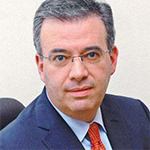 Alejandro Díaz de León, Mexico
Alejandro Díaz de León, Mexico
Given Banxico’s exclusive mandate to keep inflation low and stable, it has long enjoyed a reputation as one of the rare arms-length institutions in Mexico not tarnished by corruption or politics. Even during this year’s raucous elections, presidential candidates committed to the Central Bank’s continued independence. Banxico has been led since last December by Alejandro Díaz de León, a reputable technocrat and one of the most dovish members of the Board of Governors. His appointment was cheered by analysts, given his storied career as a public servant. Despite his dovish stance, however, the Central Bank has recently adopted a more hawkish position in the face of an unprecedentedly volatile election year—reflecting the governor’s commitment to stable inflation. In line with Banxico’s recent rate cuts, inflation has been falling; however, it remains stubbornly high. That said, with less than a year into Alejandro Díaz de León’s four-year appointment, only time will tell if his leadership will bring on-target inflation.
– Christopher Thomas, Mexico Economist
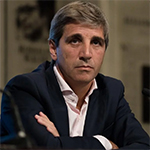 Luis Caputo, Argentina
Luis Caputo, Argentina
The current governor of the Bank of Argentina, Luis Caputo, replaced his predecessor in mid-June amid an economic crisis. The Argentine peso was in a depreciation spiral, undermining confidence in the Central Bank. Large budget and current account deficits, double-digit inflation and a sharp contraction of agricultural production due to adverse weather conditions combined to create a perfect storm for the currency. These underlying factors were compounded by an appreciating USD on the back of rising interest rates in the U.S. and reduced appetite for emerging market assets globally.
Caputo, the former finance minister of the Macri government, has so far intensified the restrictive monetary policy, following his predecessor’s path. He oversaw a change in the Bank’s key monetary policy tool in August, although the move did not represent a substantial shift in monetary policy. He has also been monitoring certain monetary aggregates and suggested that the Bank could target them in the future to tame inflation instead of relying solely on interest rates. While it could be a winning move, the new governor needs to secure the confidence of the markets to control inflation. So far it is uncertain if he will be able to do this; however, if so, he will need to establish fluid communication and clearly defined and credible targets.
– Massimo Bassetti, Argentina Economist
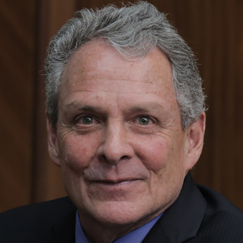 Juan José Echavarría, Colombia
Juan José Echavarría, Colombia
Juan José Echavarría’s appointment as governor of Colombia’s Central Bank in January 2017 came at a time when the economy was in the early stages of recovery from the grips of a marked downturn, caused by a collapse in commodity prices, most notably a precipitous fall in oil prices. Since taking the helm, Echavarría has overseen a gradual easing in monetary conditions, which has helped lift economic growth, while inflation has steadily dropped down to within the Bank’s 2.0%–4.0% target range since the beginning of the year. Barring the last three months of 2017, when inflation crept up slightly above the band, Echavarría has kept inflation on target since June 2017. While the economy appears to have turned a corner at the year’s start, with elevated oil prices driving domestic demand, Echavarría is faced with some critical challenges. Persistently weak activity in some sectors, such as construction, are sprouting concerns over the pace of recovery, while risks to the inflation outlook stem from increased volatility in the peso. The peso has lost strength in recent months as rising interest rates in the U.S. have fueled a widespread selloff in emerging market currencies.
– Nihad Ahmed, Colombia Economist
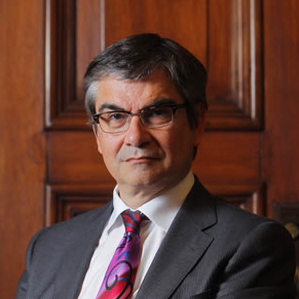 Mario Marcel Cullell, Chile
Mario Marcel Cullell, Chile
The governor of Chile’s Central Bank, Mario Marcel, was dealt a more favorable hand than most of his regional peers which has allowed a rather more successful tenure. Thanks to a relatively stable economic environment, the policy rate has been on hold for the past 12 meetings. Inflation, meanwhile, remains largely in check and accommodative monetary policy has helped spur growth. The CBC has also been effective in its forward guidance through its statements, minutes, and monetary policy reports.
– Almanas Stanapedis, Chile Economist
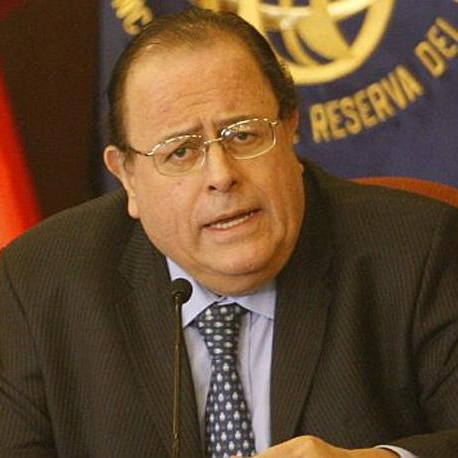 Julio Velarde Flores, Peru
Julio Velarde Flores, Peru
Julio Velarde, the governor of the Bank of Peru, has so far had an impressive tenure, managing to keep inflation under control despite periods of political and economic turbulence. His focus has been on maintaining inflation within the Bank’s 1.0%–3.0% target range, while at the same time guaranteeing financial and foreign exchange rate stability. In 2017, he was notably able to meet the challenges to monetary policy posed by the coastal El Niño phenomenon, which generated a significant supply-side shock to prices. Although this led inflation to climb above the Bank’s target range, Velarde reacted by lowering interest rates in an anti-cyclical move, aware that the effects on prices would only be transitory—which was later proven to be true. As inflation subsequently fell to a multi-year low, he kept cutting rates to stimulate the recovery, something else he seems to have achieved, in view of the latest data on economic activity for the second quarter.
– Massimo Bassetti, Peru Economist
Sample Report
5-year economic forecasts on 30+ economic indicators for 127 countries & 30 commodities.
Header image courtesy of Francisco Aragão